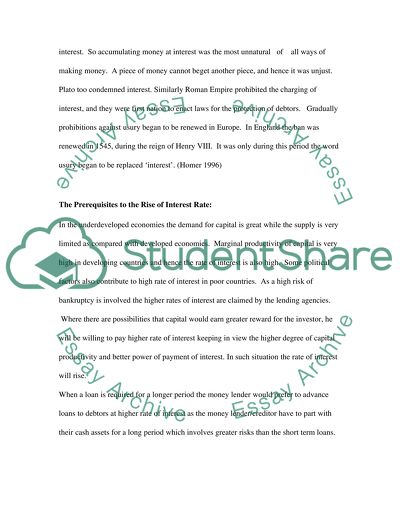Cite this document
(Role of Interest Rates in Contemporary Economies Research Paper, n.d.)
Role of Interest Rates in Contemporary Economies Research Paper. Retrieved from https://studentshare.org/macro-microeconomics/1507189-interest-rates
Role of Interest Rates in Contemporary Economies Research Paper. Retrieved from https://studentshare.org/macro-microeconomics/1507189-interest-rates
(Role of Interest Rates in Contemporary Economies Research Paper)
Role of Interest Rates in Contemporary Economies Research Paper. https://studentshare.org/macro-microeconomics/1507189-interest-rates.
Role of Interest Rates in Contemporary Economies Research Paper. https://studentshare.org/macro-microeconomics/1507189-interest-rates.
“Role of Interest Rates in Contemporary Economies Research Paper”, n.d. https://studentshare.org/macro-microeconomics/1507189-interest-rates.


